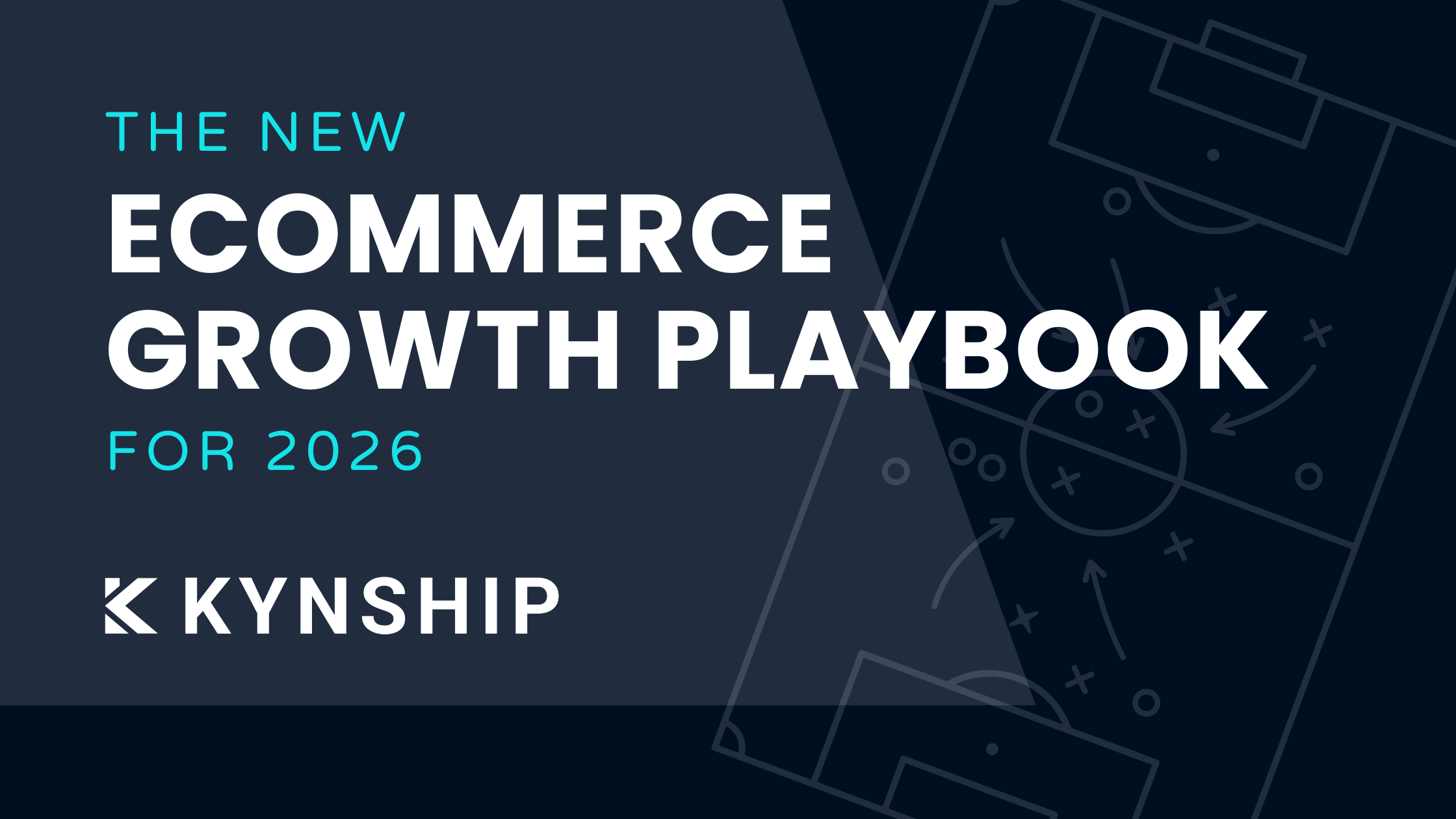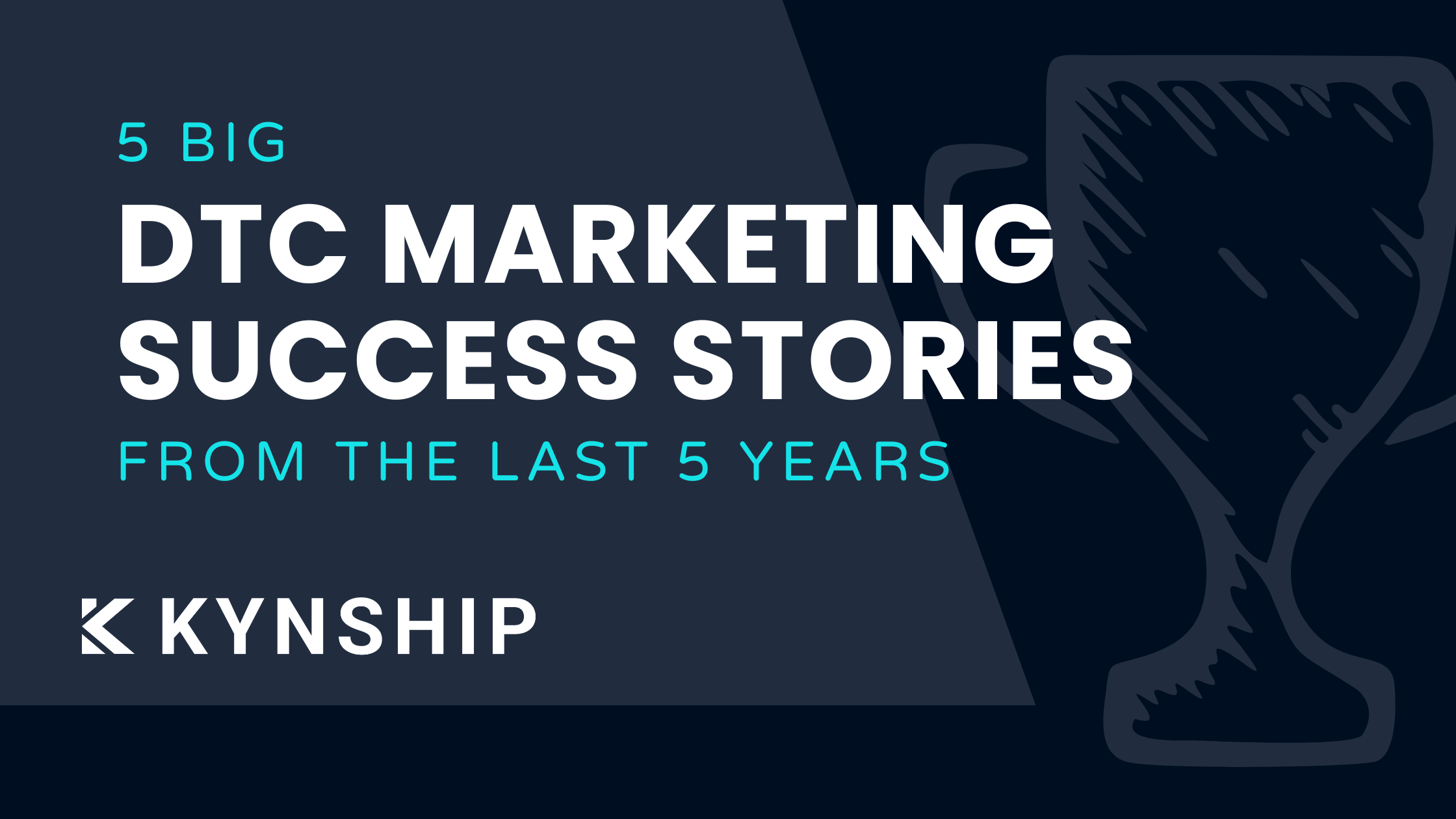Is Your Brand Ready to Invest in Influencer Marketing?
.png)
You’re the new startup on the block. Your brand just launched two weeks ago. You’re getting things off the ground and making a decent amount of sales.
Should you start investing in influencer marketing already? Or should you wait until you’re more established? 🤔
In this article, you’ll learn:
- When should your brand start investing in influencer marketing
- What prerequisites do you need to meet before starting influencer marketing
- Why you shouldn’t buy followers on social media
- Why you need a staff member dedicated to fueling your influencer marketing efforts
- How to get your influencer marketing campaign off the ground
Or if you're more inclined to tune in with your ears:
When Should Your Brand Start Investing in Influencer Marketing?
The right answer to “When should my brand start investing in influencer marketing?” is always “Yesterday” — whether you’re an enterprise or a startup. Hear us out.
In a world of content overload and business saturation, creative is king. After all, you have a measly 55 seconds to make a positive first impression on consumers through your website. Any successful business in 2022 needs a captivating creative library — for its content, paid socials, and online store.
Influencer-generated content (IGC) is the easiest way to generate top-performing, cost-effective, and on-brand creative assets in a jiffy. Look at how BarkBox shares IGC on its social media channels to keep its feed authentic, fun, and fresh.

Our recommendation is to start forming influencer relationships right away. Get your product in their hands, ask for reviews, and build brand capital. But this doesn’t mean you can start influencer marketing with absolutely no business setup.
What Are the Prerequisites to Beginning Influencer Marketing?
You don’t need thousands of Instagram followers, but you need a branded profile picture. Your website doesn’t need an 80 domain rating, but it shouldn’t say ‘coming soon.’ Have these basic brand building blocks in place before reaching out to influencers. Why? If you don’t have a digital foothold, influencers will read your emails and think, “Is this real? Does this brand even exist?”
Don’t be the company reaching out to influencers with no social media presence, no packaging set up, and no website.
For instance, Spoonful doesn’t have a million followers on its Instagram account. But their bio immediately tells a visitor what they do (sell ready-to-eat oats) and what they stand for (sustainability).

You also need logistics like supply, packaging, and delivery in place to ensure you can ship products to influencers. If creators can’t receive and test your products or services, it leads to a bad impression, and the partnership will start on a rocky foot.
But does this mean you should resort to buying followers to look “real” to potential influencers?
Should You Buy Followers to Gain Credibility in the Eyes of Influencers?
Many websites sell followers to boost your audience on Instagram.

Should you spend $13 to get 1,000 followers to appear legitimate to potential influencers? Nope. It’s not worth it. Here’s why:
- Influencers don’t care about your number of followers: Influencers aren’t evaluating your brand on your social media audience size. They examine whether or not they align with your niche, mission, and values. Be honest and mention you’re a new brand in your outreach message. You wouldn’t want your influencer partners to have fake followers, right? Build your influencer relationships on transparency and truthful communication.
- Buying followers isn’t the same as building a genuine audience: Sure, your numbers might get a boost, but all those digits are a facade. There aren’t real people or prospective customers behind the bots — even if they say they provide “100% real” Instagram followers.
- Buying followers is against community guidelines: All social media channels — from Instagram to TikTok to Twitter — regularly check and purge fake accounts. Most platforms consider it against their community guidelines to buy followers. It’s better to be small and authentic than to be large and banned.
Next, let’s discuss what staffing resources you need to kick off influencer marketing.
How to Invest in Human Resources to Boost Influencer Marketing ROI
Businesses make $6.50 for every $1 spent on influencer marketing. That’s some tempting moolah, right?

But do you expect this kind of influencer marketing ROI would come by asking Jill, your organic social head, to invest just 30 minutes on influencer marketing every week? Yikes. 🙄
Look, we’re not saying the CEO of the business needs to spend 40 hours a week on building an influencer marketing strategy with no external help from employees, contractors, or influencer marketing platforms.
We know all entrepreneurs are busy, especially small business owners. So, how do you make time to provide momentum to your influencer marketing efforts? By hiring. Employ a virtual assistant, contractor, or intern to help maintain influencer relationships — whoever you can afford.
But as soon as your budget allows, hire a full-time dedicated person to manage influencer marketing. Don’t be stingy here. If you make fractional investments, you get fractional returns.
⚠️ Remember: Influencer marketing is a long game. Don’t scrap or dismiss the channel if you don’t get significant returns immediately. Give it time, consistency, and effort — the compounding results will be worth it.
Even after knowing influencer marketing is essential, it can be daunting to begin. Where do you start?
How to Start Influencer Marketing: The Not-So-Secret Benefits of Product Seeding
Should you just pay Kim Kardashian a million bucks to post about your new lipstick? If you can’t afford a Kardashian, should you follow the pay-per-post model and ask micro-influencers to post about you in exchange for a fee?
1. No.
2. And heck no.
For starters, even if you have the wallet to partner with a Kardashian, micro-influencer marketing reigns supreme over mega-influencer marketing. Here’s why:
- Micro-influencers have a higher engagement rate
- Micro-influencers’ content is more authentic and relatable
- Micro-influencers have more buying conversations and influence over their audience
Secondly, the pay-per-post model is dead. Why?
- It makes the relationships with your influencers transactional (we give you product, you give us content)
- It doesn’t lay the groundwork for future collaborations (bye-bye after a single post)
- It doesn’t make brand advocates (influencers post about you for money, who knows whether or not they truly like your products?)
What should you do instead? Product seeding — or giving away your products to the right-fit influencers for free, no strings attached.
Why is product seeding better than celebrity influencer marketing and the pay-per-post model?
1. Because you set the root of the relationship on giving, not asking. You share something for free with no expectation in return. That’s a much better start to a potential collaboration than giving something to get something.
2. Because you think long-term. Kardashians post about your product only when you give them enough money. Seeded influencers become brand advocates who post about you because they genuinely like the products.
3. Because you save money. Our internal data shows if you seed 100 influencers, 30 will post about you for free. What’s not to like about 30 brand assets? Seeding also acts as a filter to evaluate potential influencers. You extend a long-term partnership only to those creators who produce top-notch content and truly understand your brand.
It’s called “seeding” because you put some seeds on the ground — some sprout and some don’t. But you keep doing it to get returns.
Learn more: Guide to Influencer Seeding
And remember, you don’t have to do it all alone.
Next Step for Influencer Marketing: Ask For Help When You Want to Scale
As you scale your influencer marketing efforts, you’ll need more hands on deck, creative strategies, and expertise. It can be … a lot. Especially when you have a business to run. Thankfully, you have agencies like Kynship (that’s us!) available at your service. Chat with us today, and we’ll take all the influencer-marketing work off your to-do list. The best part? Our motto is to provide you with sales, not just likes.


5 DTC Marketing Success Stories From The Last 5 Years
Five real DTC marketing success stories from the last five years, breaking down how brands scaled despite rising CAC, creative fatigue, and tougher competition, plus key lessons you can apply today.

The New Ecommerce Growth Playbook For 2026
These are the ecommerce growth marketing strategies we are using right now to successfully scale DTC brands from $2M to $50M.
Bi-weekly tips to reduce your CAC
Join thousands of DTC operators and subscribe to Cut the CAC for insights from the Bottom Line Podcast and Kynship's growth strategies.


.avif)
.avif)
.avif)



